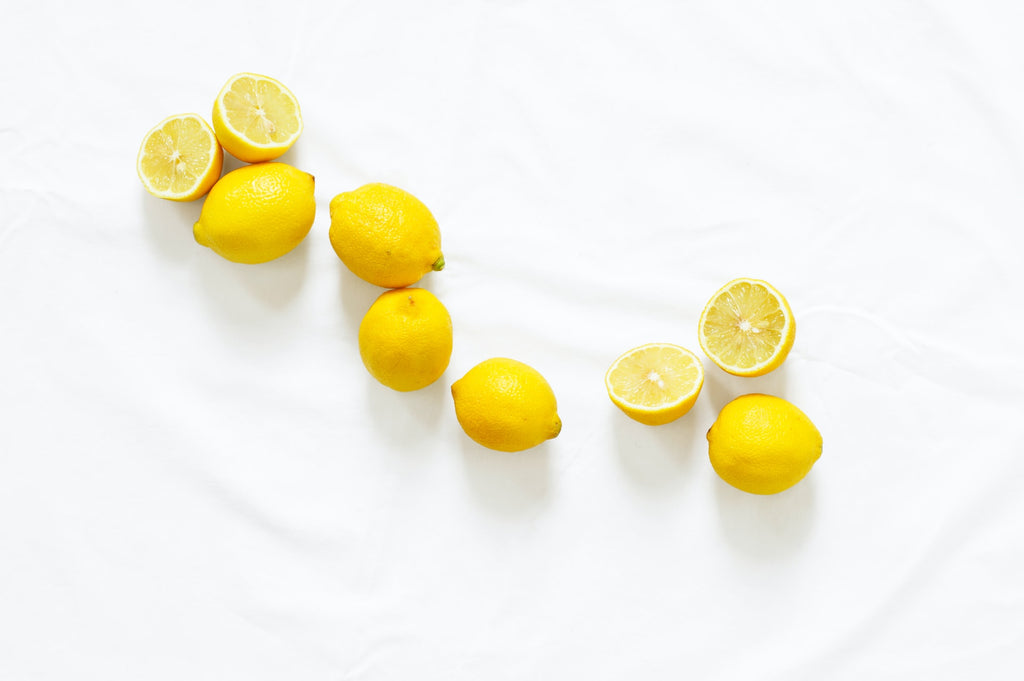Clean doesn’t always mean healthy — especially for the planet. So, while scrubbing, sweeping, and throwing open the windows after a long, cold winter can feel refreshing, it can also be deceiving. That’s because cleaning habits we take for granted — from the products we use to what we put into the trash — can be harmful to both people and the environment. Common cleaning agents have been shown to contain toxic chemicals you would never want to be spreading around your home — never mind all the single-use wipes, paper towels, and plastic bags and gloves that end up in landfills and even waterways. Doesn’t sound like a very eco-friendly spring cleaning, does it?
Fortunately, with a few simple tweaks, you can achieve a sparkling clean home while minimizing your impact on the planet. From using natural cleaning products to reducing waste, we’ve got you covered during this National Cleaning Week. So, let’s dive in and get ready for a sustainable spring cleaning routine you can incorporate throughout the year!

Use natural cleaning products
All those toxic chemicals in typical cleaning sprays are totally unnecessary. Instead consider using natural cleaning products such as baking soda, vinegar, and lemon juice. Not only are they an effective way of achieving a sparkling clean, but they are also safe for the environment. Combine ingredients like baking soda, vinegar, tea tree essential oil, and lemon for an easy-to-make DIY cleaning spray! Check out these homemade cleaner recipes to find out how to make your own eco-friendly sprays this spring.

Switch to eco-friendly laundry sheets
Upgrade all your cleaning supplies for more sustainable alternatives. For example, choose eco-friendly laundry detergent that's biodegradable and free of harsh chemicals. SaltyLama eco-friendly laundry strips are better for the environment and your skin. We also recommend hanging your clothes up to dry. Let that spring wind air-dry your garments to perfection!
Donate or recycle unwanted items
Spring cleaning is at least partially about decluttering, cleaning out your closets, and getting rid of unused items. What better way to declutter than by donating, recycling, or reselling what you don’t need!
Look up your area’s recycling facilities and see what’s accepted and what’s not. You can also drop items off at your closest charity shop or thrift store. Otherwise, online marketplaces are a great way to make a profit off your items and find them a new home where you know they’ll get used.
Upgrade your cleaning tools
When it comes to spring cleaning, many of us will purchase disposable paper towels and cleaning wipes. However, instead of using single-use paper towels and cleaning wipes that can’t be recycled or composted, switch to reusable alternatives such as cloth towels, reusable mop heads, and washable “paper” towels. You can also make cloth rags out of old clothes that cannot be donated. This will significantly reduce your environmental impact while keeping your home clean and fresh.
Use energy-efficient appliances
If you want to make an eco-friendly investment that will save you money in the long run and lower your carbon emissions, consider replacing your old appliances with energy-efficient ones. They use less power and will save you money by lowering your electricity bill significantly. Plus, if it’s a new washing machine, dryer, or dishwasher you’re buying, they will also consume much less water.
Sweep rather than vacuum
Unless you really need it — because sometimes you do — avoid using your vacuum cleaner since, in addition to dirt, it also sucks up energy. Instead, grab a handy broom and start sweeping. And give mats and rugs a thorough beating outdoors — your body will appreciate the workout.

Incorporate more plants
Freshen up your house with natural aromas and cleaner air! We recommend planting some herbs like basil, lavender, chamomile, or rosemary in pots and placing them on your windowsills. They’ll not only make your post-spring cleaning look even more amazing, but they also purify the air, add a natural scent to your home, and can be used when cooking for added flavor.
Learn how to recycle better
Recycling is key to any eco-friendly spring cleaning routine. First, find out what materials your local recycling program accepts and make sure you’re sorting your waste correctly. States, counties, and even cities often do things differently. So, check your area’s recycling program and go from there. We recommend organizing your waste area for recyclables, compostables, and trash. If your city requires you to separate your recyclables into sections like glass, paper, and plastic, you can also do that. Having a specific bin for your recyclables makes it that much easier to recycle at home during your spring cleaning — and after!
Air your house out naturally
Spring is in the air; let it in! Open your windows and let in the sunshine and fresh air. Say goodbye to those toxic air fresheners and hello to a more natural and effective way of airing out your home! With indoor air pollution levels on the rise, it’s time to clear out all that stale air that has been lingering for months. Just open your doors and windows to create a cross-flow of air. Not only is this method eco-friendly and cost-effective, but it’s also the most natural way to improve your indoor air quality.
Have fun with it
Make your eco-friendly spring cleaning routine fun by turning on some music, getting the family involved, and setting goals. Make a list of what you need to accomplish during your spring cleaning week and each time you finish an item you can reward yourself however you choose. Maybe that’s grabbing a piece of chocolate, going for a neighborhood stroll, or sitting down to read a couple of chapters of your current read. You choose — just enjoy!

